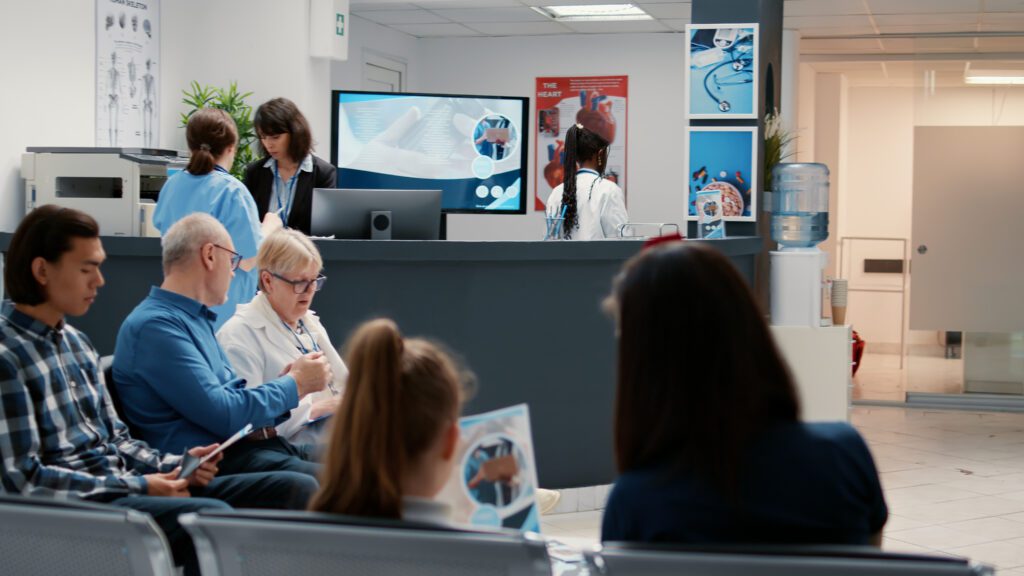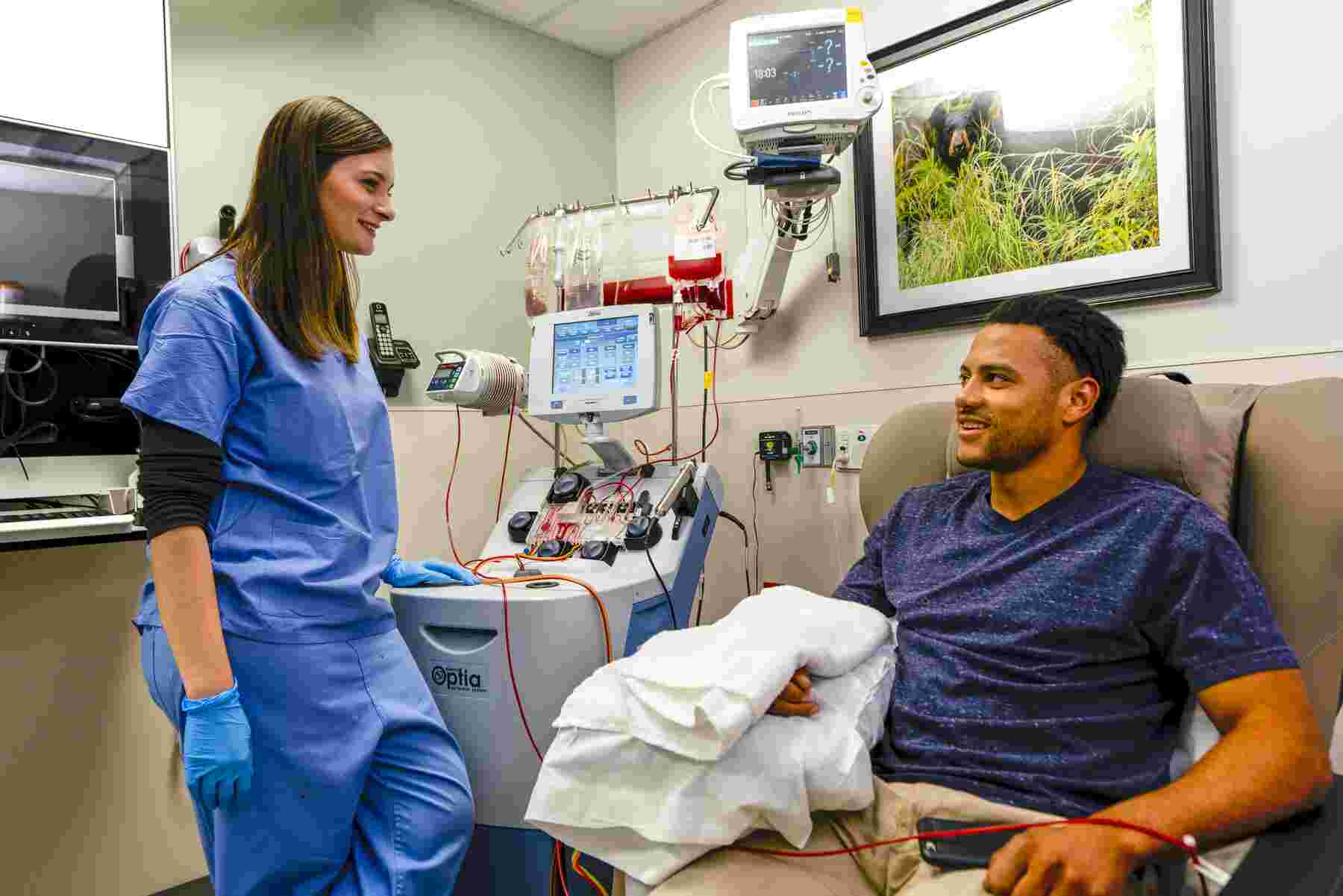In 2021-22 the NHS managed 19.6 million hospital admissions, appointments, and attendances across England (NHS Digital 2022). During the coronavirus (Covid-19) pandemic, reducing hospital admissions was a key focus area to increase hospital capacity and reduce the spread of the virus, with a target to free up 30,000 beds announced in March 2020 (NHS Trusts letter 2020). There is still an immense amount of pressure on the system. The number of people on a waiting list for hospital treatment rose to a record of over 7 million in September 2022 and the 18-week treatment target has not been met since 2016. The number of people going to A&E was above pre-pandemic levels in October 2022 and a new record high of 45.2% people waiting over four hours in hospital A&E was also reached (House of Commons briefing 2022). Therefore, as we move post-pandemic, it is important that we look at good practice initiated during the crisis to see what could and should be continued, evolved, and spread more widely.
As part of the NHS Insights Prioritisation Programme (NIPP), a number of AHSNs and Applied Research Collaborations (ARCs) have been evaluating promising innovations that could help alleviate unnecessary hospital admissions, reduce the length of stay and keep people as independent as possible in their own home. Evidence shows that it is better for people, and more cost effective to minimise hospital stays, where clinically safe to do so. Analysis by Age UK shows that the average excess bed day – the cost of a patient remaining in a hospital bed after their treatment has ended – costs £346.
Kent Surrey Sussex AHSN and ARC Kent, Surrey and Sussex are evaluating the implementation of the discharge to assess model which began in March 2020 to support more people to be discharged to their own home. It reduces the length of stay in acute care by moving the detailed assessment for ongoing care from the acute hospital into the community, allowing for a period of rehabilitation prior to the assessment of long term needs and for that assessment to take place within a more suitable environment than an acute hospital ward. The challenge here is to interrogate the evidence base and establish what a good discharge to assess model looks like. The evaluation project is ongoing until March 2023, but initial findings show that critical success factors are in terms of optimising multi-disciplinary working practices, commissioning processes, monitoring people along the pathway and clinical information flow.
Similarly, the South West AHSN working with the ARC South West Peninsula are evaluating the potential scale-up of Community Assessment and Treatment Units (CATUs), looking specifically at older patients with frailty in Cornwall and the Isles of Scilly’s rural and coastal communities. The CATUs (set up during the pandemic) aim to reduce hospital admissions, treat, and return patients home within 72 hours. The evaluation is focusing on four key areas to support an assessment of suitability for continuation and potential expansion of these services.
Yorkshire & Humber AHSN and ARC Yorkshire and Humber are focusing on Unscheduled Care Coordination Hubs, an innovative care model developed by the national Emergency Care Improvement Support Team (ECIST) and piloted during the pandemic. They provide a fast tracked, comprehensive community-based response for patients at immediate risk of attending hospital, but not seriously ill or injured. Early findings from one pilot site estimated that this model has the potential to reduce transfer to hospital by approximately 25%.
In the West Midlands, the AHSN and ARC West Midlands are looking at two different models of care to avoid transfer to hospital. First is a hospital at home model (EPICENTRE) using point of care testing (particularly bloods and point of care ultrasound) to diagnose and rule out conditions so that they can then be treated at home. The other model is enabling ambulance crews to contact geriatricians and specialist nurses to get advice. This may still result in transfer to hospital if this is the most appropriate response, but will often result in an emergency community response to prevent this. These interventions are being evaluated in very different contexts to determine any impacts in terms of health inequalities. One is located in a medium density and largely affluent population but with some pockets of rurality and deprivation, and the other in a very densely populated, urban area which is one of the highest nationally on the indices of multiple deprivation.
The Innovation Agency, the AHSN for the North West Coast, and ARC North West Coast are working closely with the North West Neonatal Operational Delivery Network (NWNODN) to identify the best models of care for the early supported transfer home of preterm babies. Around one in 13 babies in England and Wales is born prematurely. They often need lengthier hospital care which leads to greater parent-infant separation and negative impacts on breastfeeding. In a recent ARC NWC systematic review it was found that the duration of hospital stay was up to 11 days less with early transfer home interventions. The evaluation has focused on an early transfer home pathway called NEST@home, as well as conducting research into other outreach service models with best practice to help inform the creation of a ‘blueprint’ for future care models.
The findings from each of these projects should help to inform future ways of working, benefitting health and care service more widely by alleviating unnecessary pressure on the hospital system.
This ongoing collaboration between the AHSNs and ARCs is allowing each evaluation to offer rich insights in terms of implementation and critical success factors for future scale up. The AHSN Network and ARCs will publish a rapid insights report for each project in summer 2023 to help inform any future NHS providers keen to implement these initiatives.
Read more about other projects in the NHS Insights Prioritisation Programme. Join the NIHR ARCs monthly national newsletter to receive the latest news, events and opportunities from the 15 ARCs across the country and follow ARCs on Twitter @NIHRARCs.

“Health equity is the attainment of the highest level of health for ALL people. Achieving health equity requires valuing everyone equally with focused and ongoing societal efforts to address avoidable inequalities, historical and contemporary injustices, and social determinants of health — and to eliminate disparities in health and health care.” (health.gov) Within the NHS there [...]

Sickle cell disease (SCD) is a serious and lifelong health condition. People with SCD produce unusually shaped red blood cells that can cause problems because they do not live as long as healthy blood cells and can block blood vessels. This can result in suffers experiencing painful episodes, called sickle cell crises, as well as anaemia, [...]

At the Royal Society of Medicine’s Tackling Inequalities conference it was clear from the passion in the room that great progress has been made across the system to better support some of our most under-served communities. To maintain this momentum, we must not just embed tackling health and healthcare inequalities in all that we do, [...]







